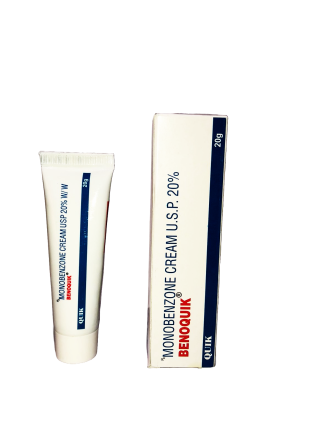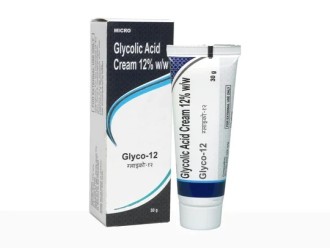Vitiligo Treatment
Vitiligo Treatment
Understanding Vitiligo Disease Treatment: Options and Advances
Vitiligo is a chronic skin condition characterized by the loss of pigmentation, resulting in white patches on the skin. While it is not harmful to physical health, it can significantly affect an individual’s confidence and emotional well-being. While there is no definitive cure for vitiligo, a variety of treatments can help manage its symptoms, slow its progression, and even restore lost pigmentation in some cases.
Vitiliginous skin refers to areas of the skin affected by vitiligo, characterized by white or depigmented patches due to the loss of melanin. These patches can occur on any part of the body. Treatments like corticosteroids, light therapy, and surgical interventions aim to restore pigmentation and manage the progression of the condition.
vitiligo white person:
Naturally vitiligo occures in white patchtes, But When white patches increase more than 50% on body, In this condition it better to make Full body white with Benoquik Cream Treatement. So When patient achieve full white body with Benoquik Cream Then we call him Vitiligo White Person.
Goals of Vitiligo Treatment
The primary goals of vitiligo treatment include:
- Stopping the Spread: Preventing the further loss of pigmentation.
- Restoring Pigment: Stimulating melanocytes to produce melanin in depigmented areas.
- Improving Quality of Life: Helping patients feel confident in their skin.
Vitiligo therapy
Vitiligo therapy aims to restore pigmentation, slow the spread of white patches, and improve skin appearance. Common therapies include topical corticosteroids, calcineurin inhibitors, and light-based treatments like narrowband UVB phototherapy. Surgical options, such as skin grafting and melanocyte transplantation, are suitable for stable vitiligo. Emerging treatments, like biologic drugs and stem cell therapy, offer promising results for repigmentation. Psychological support and sun protection are essential components of a comprehensive vitiligo management.
White patches on the skin, often caused by vitiligo, result from the loss of melanin, the pigment responsible for skin color. These patches can appear anywhere on the body and vary in size. Treatment options include topical creams, light therapy, and surgery, helping restore pigmentation and improve the skin's appearance.






